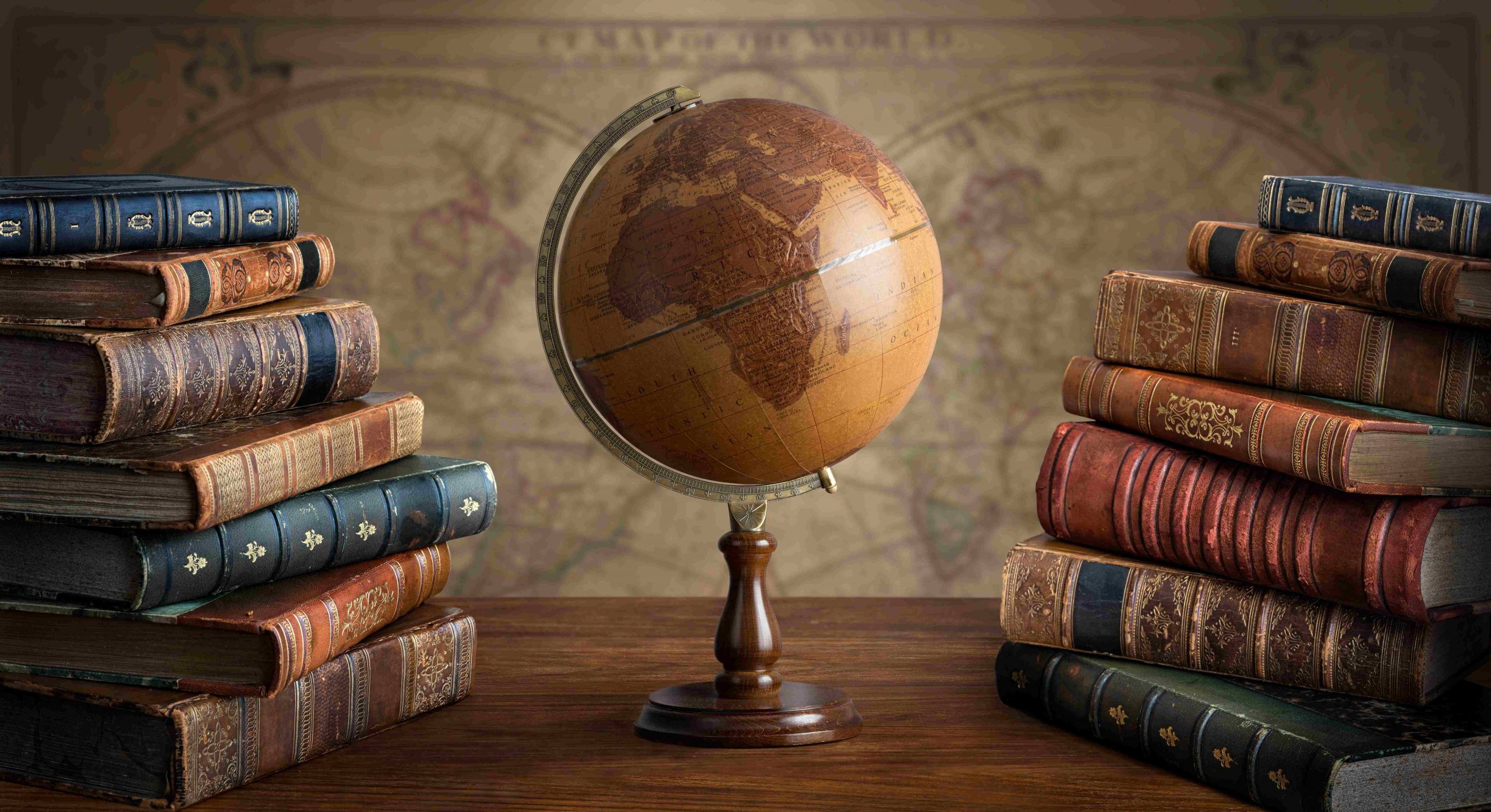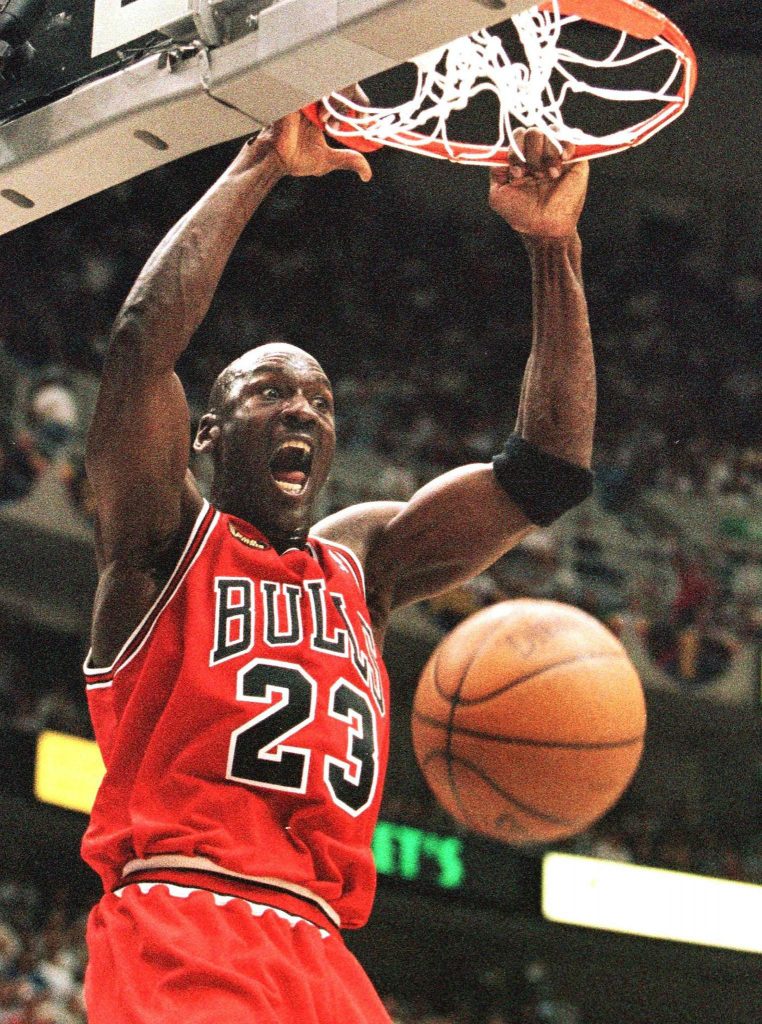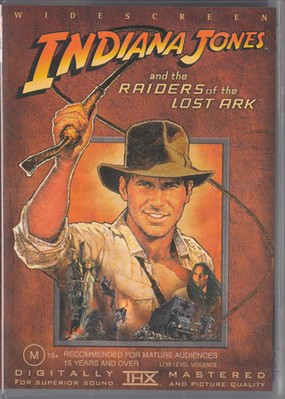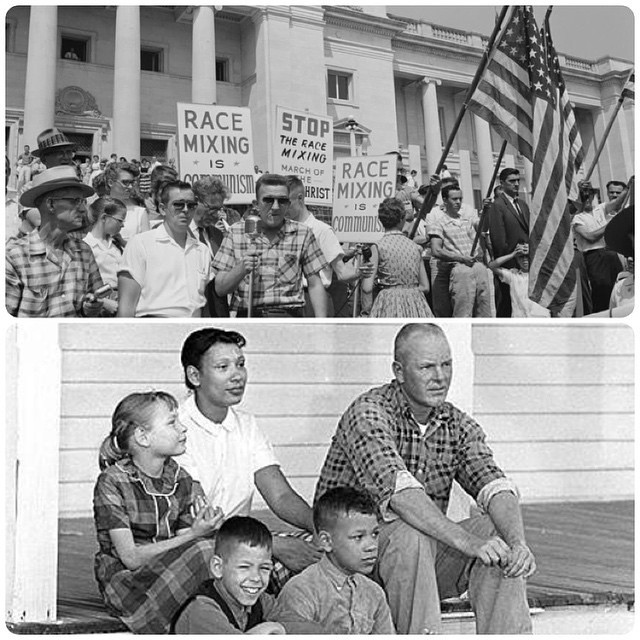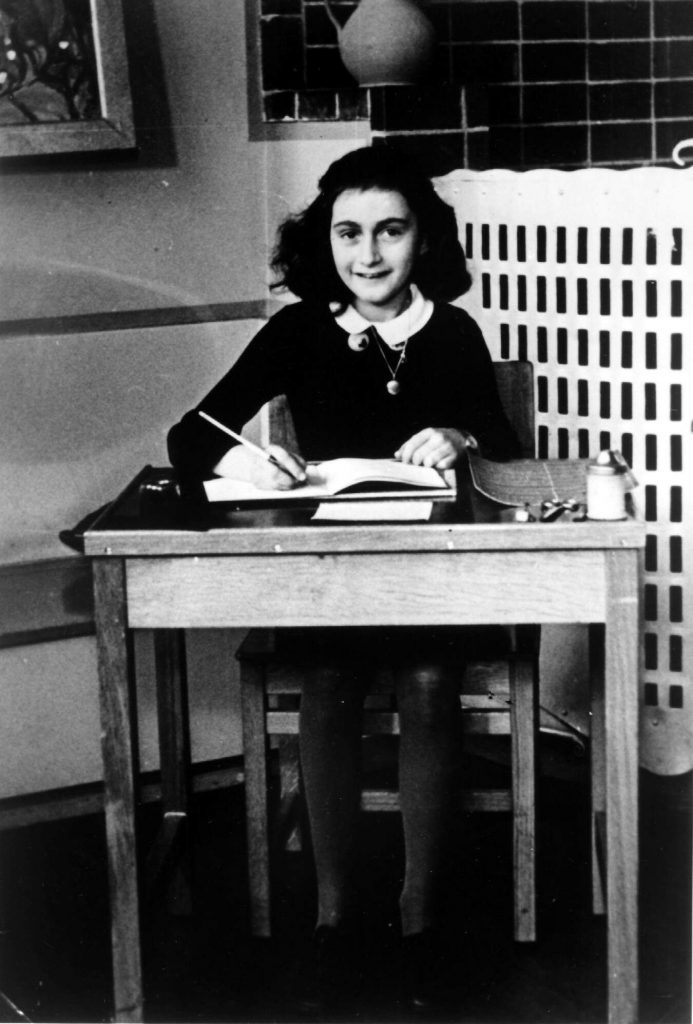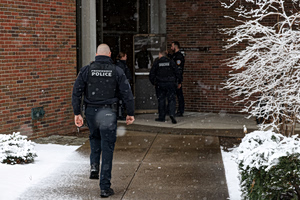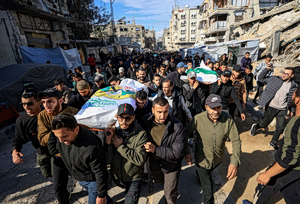A closer look at key historic events that took place on June 12:
In 2016, the Pulse nightclub shooting takes place
In what was the deadliest mass shooting in US history at the time, Omar Mateen opened fire at an LGBTQ nightclub in Orlando, Florida killing 49 people and injuring another 50. He was subsequently gunned down by police.
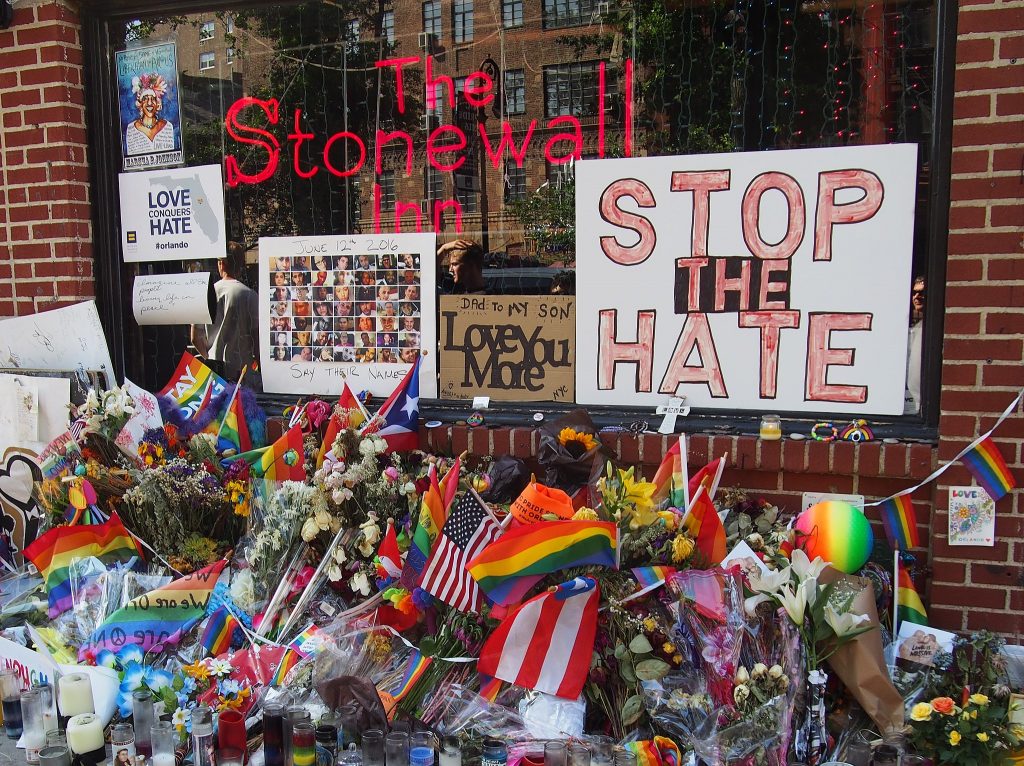
Stonewall Inn, a gay bar on Christopher Street in Manhattan’s Greenwich Village. A 1969 police raid here led to the Stonewall riots, one of the most important events in the history of LGBT rights (and the history of the United States). This picture was taken on pride weekend in 2016, the day after President Obama announced the Stonewall National Monument, and less than two weeks after the Pulse nightclub shooting in Orlando. Wikimedia Commons
In 1991, Boris Yeltsin is elected president of Russia
Yeltsin would remain president until December 31, 1999, when he would announce his resignation.
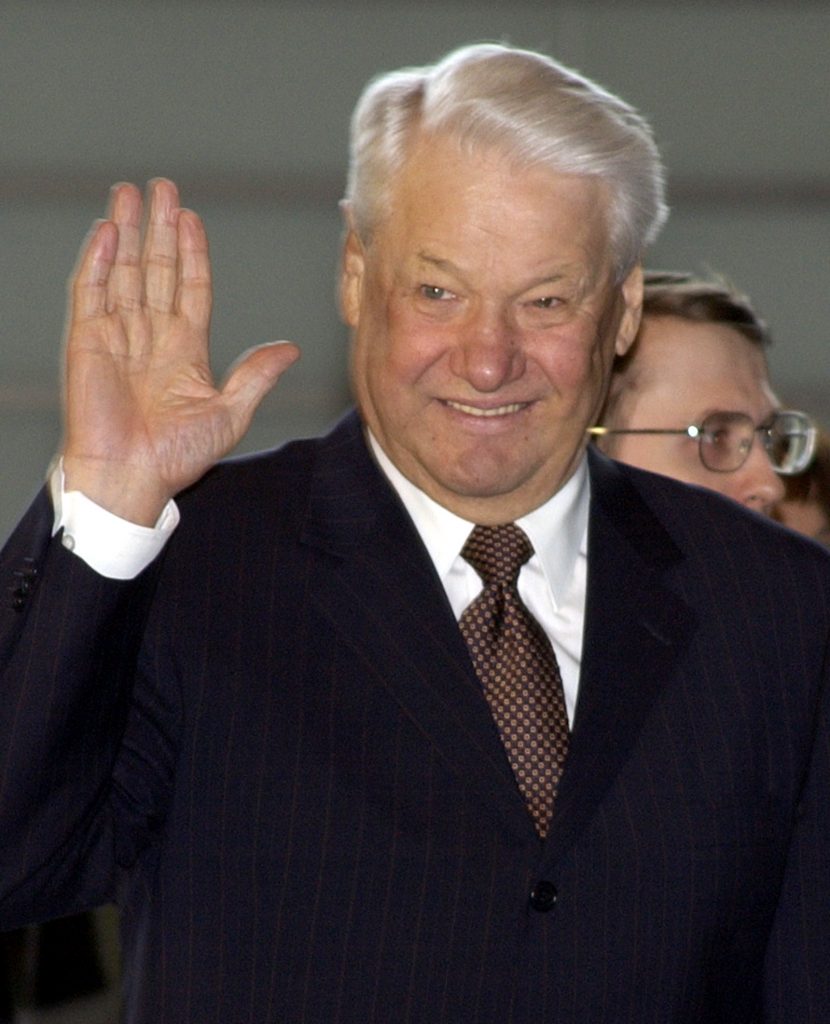
Former Russian president Boris Yeltsin waves to photographers as he arrives for talks with Prime Minister Junichiro Koizumi at the premier’s official residence in Tokyo, 01 April 2003. AFP PHOTO – AP – POOL
In 1991, Michael Jordan wins his first ring
The Chicago Bulls defeated the Los Angeles Lakers 108-101 in Game 5. Jordan was declared Finals MVP for his performances throughout the series, including 33 points and 13 assists in Game 2 where he made a remarkable 15 of his 18 shots (83%).
In 1981, Indiana Jones and the Raiders of the Lost Ark is released
The film, produced by Steven Spielberg, found great success leading to the release of three sequels.
In 1967, The Loving vs. Virginia verdict is reached
A U.S. law prohibiting interracial marriage was unanimously overturned. The Loving vs. Virginia case marked a significant milestone in the fight for civil rights.
In 1939, Anne Frank is given her famous diary
Before turning 13, Frank picked out the diary as a birthday present. She would later use it to document the terrors of Jewish life under the Nazi regime.
In 1898, the Philippines declare independence from Spain
After leading a two-year rebellion that coincided with the Spanish-American War, Filipino revolutionary Emilio Aguinaldo finally declared independence on June 12, with him later becoming the first president of the Philippine Republic. However, attempts to escape U.S. occupation failed soon after.

English historical marker installed in 1998 by the National Historical Institute (now the w:National Historical Commission of the Philippines) for the w:Aguinaldo Shrine, site of the proclamation of Philippine independence from Spain. Wikimedia Commons
– Don’t miss out on To Vima’s daily “On this Day in History” posts.
